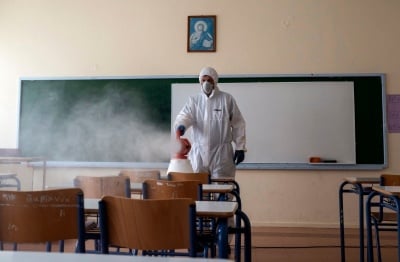How to Reopen Schools


How to Reopen Schools: What Science and Other Countries Teach Us
The pressure to bring American students back to classrooms is intense, but the calculus is tricky with infections still out of control in many communities.
As school districts across the United States consider whether and how to restart in-person classes, their challenge is complicated by a pair of fundamental uncertainties: No nation has tried to send children back to school with the virus raging at levels like America’s, and the scientific research about transmission in classrooms is limited.
The World Health Organization has now concluded that the virus is airborne in crowded, indoor spaces with poor ventilation, a description that fits many American schools. But there is enormous pressure to bring students back — from parents, from pediatricians and child development specialists, and from President Trump.
“I’m just going to say it: It feels like we’re playing Russian roulette with our kids and our staff,” said Robin Cogan, a nurse at the Yorkship School in Camden, N.J., who serves on the state’s committee on reopening schools.
Data from around the world clearly shows that children are far less likely to become seriously ill from the coronavirus than adults. But there are big unanswered questions, including how often children become infected and what role they play in transmitting the virus. Some research suggests younger children are less likely to infect other people than teenagers are, which would make opening elementary schools less risky than high schools, but the evidence is not conclusive.

